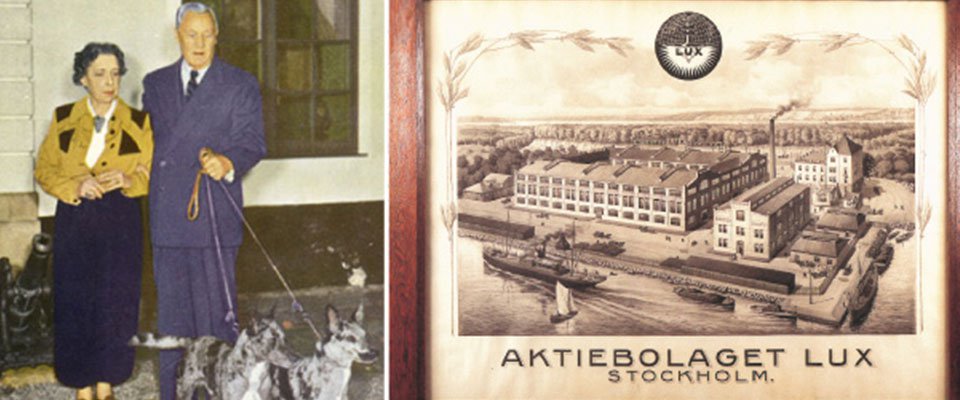History of the vacuum cleaner
1901
AB Lux was founded in 1901, manufacturing and selling kerosene lamps for outdoor lighting applications. The company was very successful and continued to be successful until 1908. By 1912, however, the company met stiffer competition from manufacturers of electric lighting which caused a decline in sales. Adapting to this new market pressure, the company began to search for an alternative product to manufacture and sell.
1912
In 1912, he found it -- when Axel Wenner-Gren came knocking on his door with the Model I, a vacuum cleaner that he had developed with the help of Swedish engineer Sven Carlstedt. Mr. Wenner-Gren had heard that Lux was interested in developing a vacuum cleaner to sell in the German market and he was sure that Lux would be impressed by the Model I. He was right. Lux could see the possibilities -- despite the fact that the Model I weighed 14 kilos and cost 350 Swedish Crowns in those days.
In addition to the vacuum cleaner, Mr. Wenner-Gren also brought with him ten years of experience working as a salesman in Germany. In December, he requested the sole right to act as the distribution agent for the Model I in Germany. His request was granted -- on the condition that he would personally guarantee a yearly turnover of 500 machines.
He accepted the challenge and he succeeded. And in the meantime, he continued to work with Carlstedt to develop a lighter, cheaper, more efficient vacuum cleaner -- a household machine upon which he could build a world-class industry.
He succeeded again. Having fulfilled his first contract, Mr. Wenner-Gren returned to Lux with the Model II, a vacuum cleaner that weighed only 9 kilos and cost half the price of the Model I.
Convinced of the sales potential of the Model II, he tried to persuade Lux to manufacture the machine on a larger scale. Once again, his request was granted. It was granted on the condition that Mr. Wenner-Gren would get orders for 5,000 vacuum cleaners – ten times the yearly turnover guaranteed in his original contract – then Lux would invest in mass production.
He returned to his colleagues in Hamburg and offered them the sole right to sell his Lux II vacuum in Germany. Impressed with the machine and certain of its saleability, they immediately wrote an order for 5,000 machines.
1913
The rest is Lux history. Orders for the Lux II flooded in not just from Germany but also from France and England. By the fall of 1913, barely one year after Axel Wenner-Gren met Sven Carlstedt and they began their co-operation with Lux, the business had grown to such proportions that Lux had difficulty producing enough machines to keep up with Mr. Wenner-Gren's orders.
1919
In 1919, Mr. Wenner-Gren went from being a vacuum cleaner salesman to being CEO. By that time, he had already organised sales of Lux vacuum cleaners throughout most of Europe and was well on his way to achieving his goal of creating a world-class industry.
1920
By the end of the 1920's, his vacuum cleaners could be found in households around the globe. Over the years, most of the major design innovations that have improved vacuum cleaning systems have been introduced by Lux. In fact, one of the original Lux vacuum cleaners is currently on display at the Smithsonian Institution's Cooper-Hewitt National Museum of Design in New York. It's no surprise considering that we have always worked with the very best designers and engineers.

free consultation
Consult with us and we can personalize all your healthy environment.
get a demo





